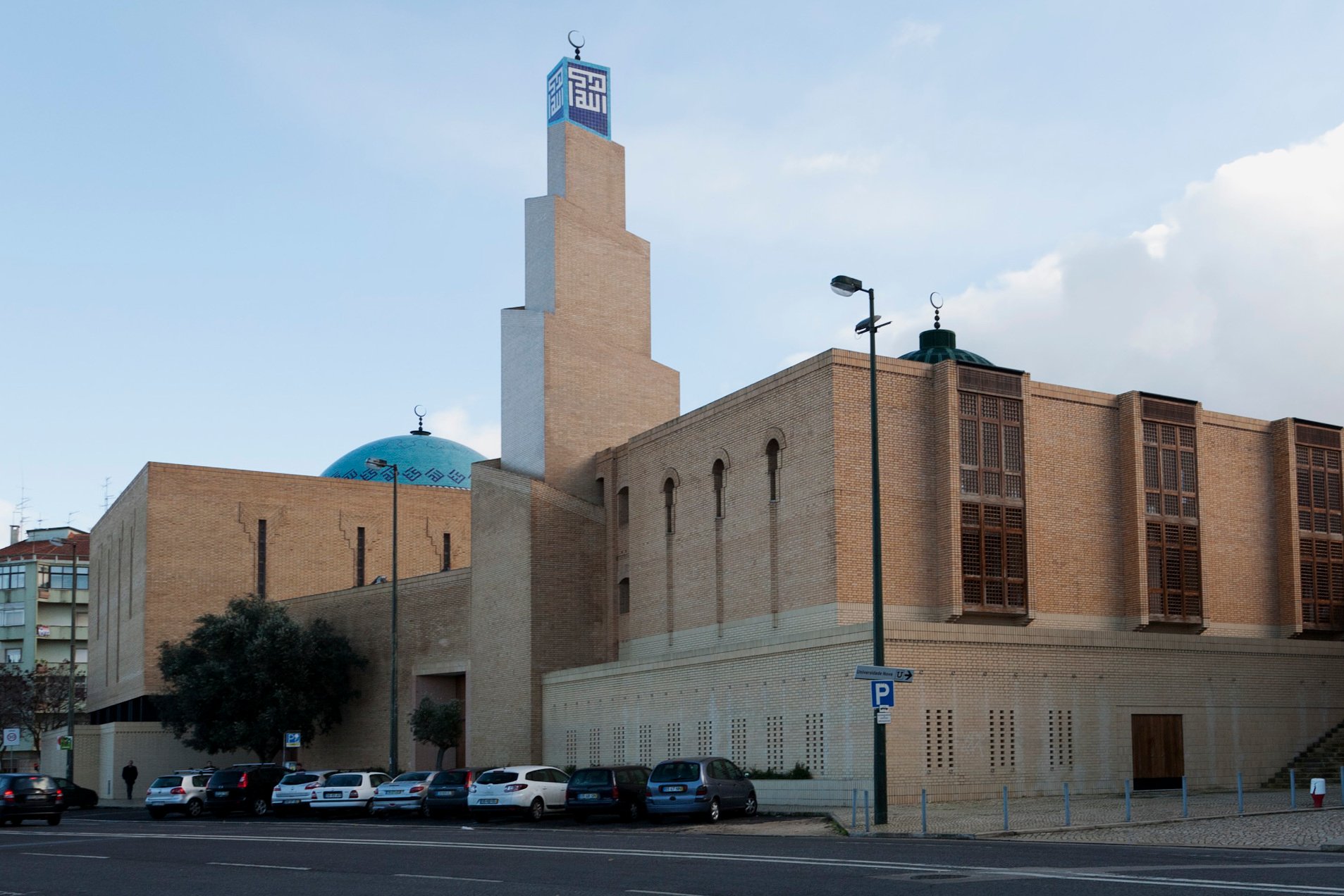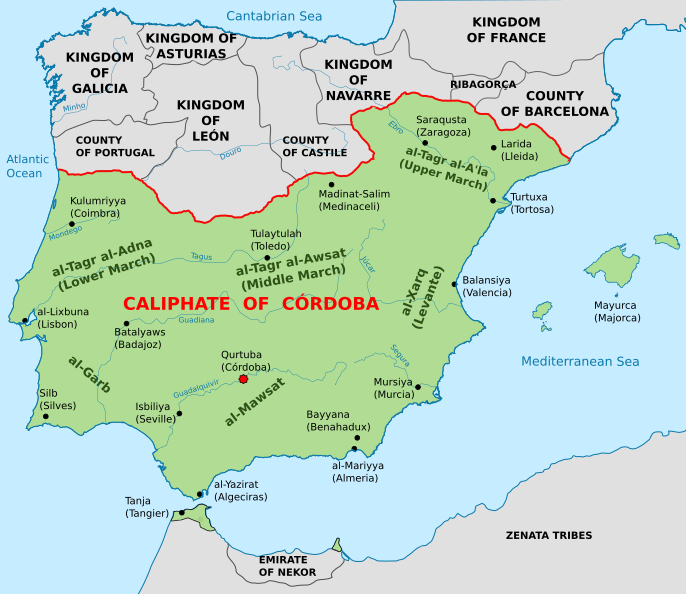The story of Portugal’s Islamic past is one of profound cultural exchange, scientific advancement, and religious coexistence that spanned nearly eight centuries. While modern Portugal is predominantly Catholic, its identity bears the indelible marks of Islamic civilization that once flourished within its borders. This rich historical tapestry, often overlooked in contemporary narratives, reveals how Muslim rule helped shape the nation’s language, architecture, and cultural traditions.
The Islamic Era Begins
In the 8th century, Muslim forces sailed from North Africa and established control over what would become modern-day Portugal and Spain. This region, known in Arabic as Al-Andalus, became part of the expanding Umayyad Empire. Under Muslim governance, the territory experienced a remarkable period of prosperity, intellectual advancement, and cultural flowering. By the 10th century, historical records suggest that approximately half of the Iberian Peninsula’s population had embraced Islam, indicating the deep integration of Islamic culture into local society.
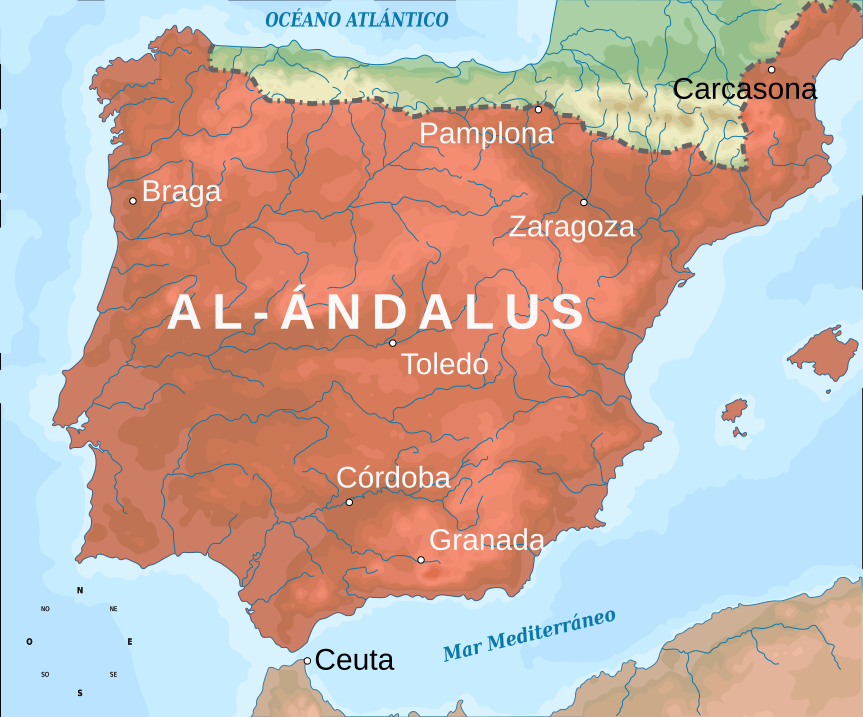
Rather than a simple military conquest, the spread of Islamic influence throughout the region was largely facilitated through trade, cultural exchange, and gradual social transformation. The Muslim rulers often offered generous terms of surrender to local populations, which helped explain their rapid and relatively peaceful expansion across most of the territory. This approach fostered an environment where Muslims, Christians, and Jews could coexist and contribute to a thriving society.
Cultural and Scientific Achievements
Under Muslim rule, the region became a center of learning and innovation. Islamic scholars preserved and built upon classical knowledge while making significant advances in mathematics, astronomy, medicine, and navigation. These scientific developments would later prove crucial to Portugal’s maritime endeavors during the Age of Discovery. Ironically, even Vasco da Gama’s famous voyage to India, celebrated in Portuguese history, reportedly relied on the expertise of Muslim pilots and Islamic navigational techniques.
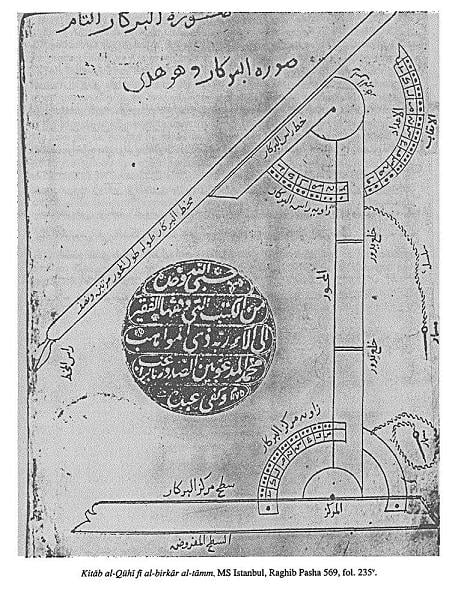
Arabic’s Linguistic Influence on Portuguese
Perhaps one of the most enduring influences of Islamic civilization in Portugal can be found in the Portuguese language itself. Arabic has left an indelible mark on Portuguese vocabulary, with thousands of words tracing their origins to Arabic roots. The Portuguese expression “oxalá” (meaning “hopefully” or “God willing”) comes directly from the Arabic “inshallah.” Common Portuguese words with Arabic origins include:
Aldeia (village) from Arabic “al-day’a”
Alfaiate (tailor) from “al-khayyat”
Açúcar (sugar) from “al-sukkar”
Algarve (Portugal’s southernmost region) from “al-gharb” meaning “the west”
Azeitona (olive) from “al-zaytuna”
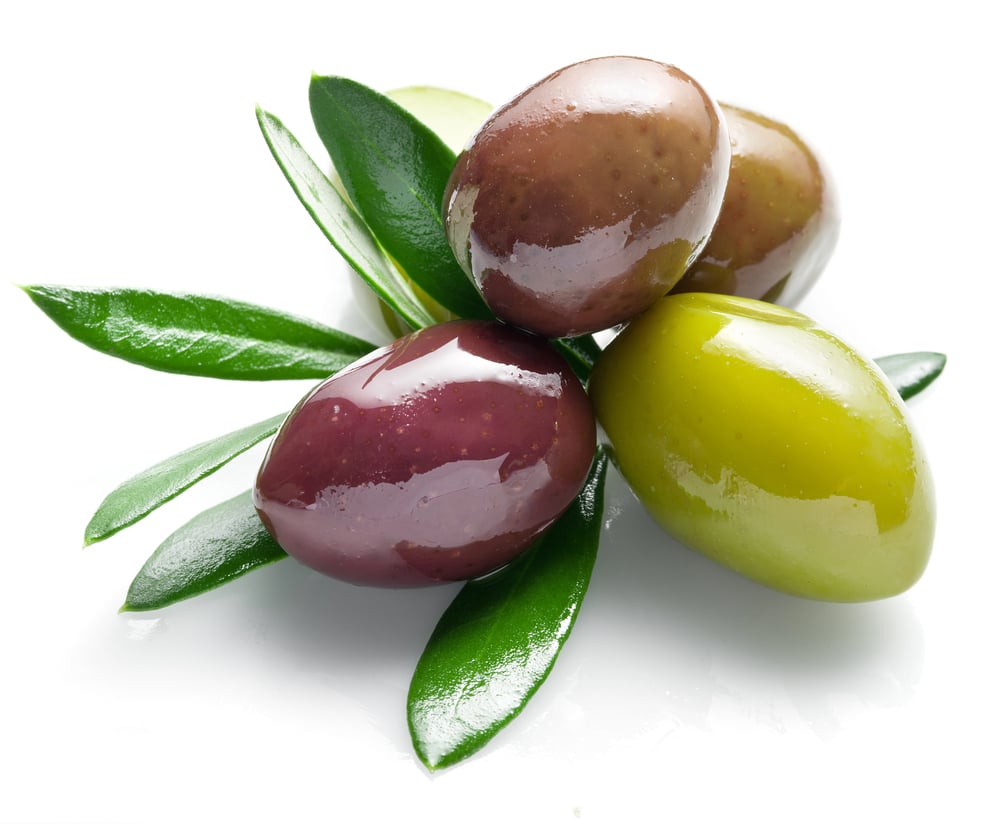
The End of Muslim Rule and Its Aftermath
The Christian “Reconquista” gradually pushed southward, with the last Muslim stronghold in Portugal, Faro, falling to King Afonso III in 1249. However, this did not immediately end the Muslim presence in Portugal. Many Muslims remained in segregated neighborhoods, continuing to contribute to society until 1496, when King Manuel I issued an edict ordering the expulsion of both Muslims and Jews from the kingdom.
This forced exodus marked a significant turning point in Portuguese history. While some Muslims converted to Christianity, most fled to North Africa. The attempt to create a purely Christian kingdom led to the destruction or conversion of mosques and other Islamic buildings, and a deliberate effort to minimize the significance of Portugal’s Islamic period in historical narratives.
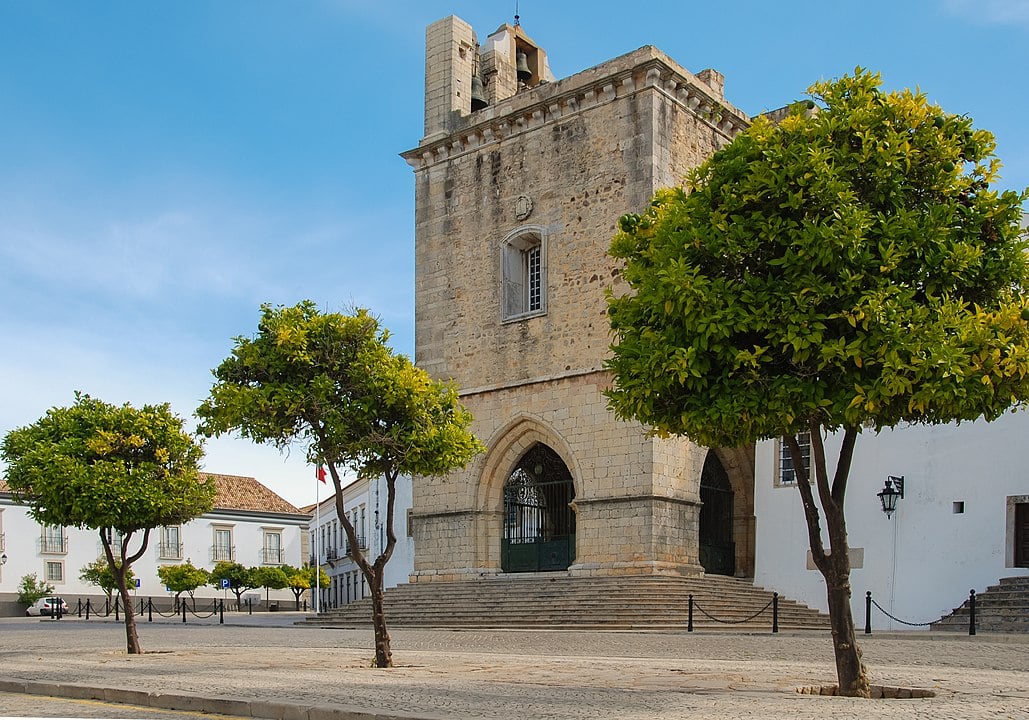
Archaeological Revelations
Modern archaeological discoveries, particularly in the town of Mértola, have helped reconstruct a more accurate picture of Portugal’s Islamic past. The town’s church, with its distinctive horseshoe arches and mihrab (prayer niche) behind the main altar, shows the architectural evolution from Roman temple to mosque to Christian church. Such findings challenge simplified narratives of conflict and conquest and reveal a complex history of cultural integration and coexistence.
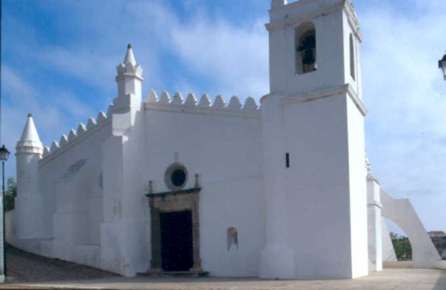
Contemporary Portugal is gradually rediscovering and acknowledging its Islamic heritage. Scholars and researchers have documented extensive Islamic influences in Portuguese architecture from the distinctive chimneys of the Algarve region that resemble minarets to the intricate geometric patterns in traditional tile work. This influence extends to culinary traditions, agricultural practices, and various aspects of daily life that have persisted through centuries.
Conclusion
Understanding Portugal’s Islamic past is crucial to foster cultural understanding in the present day. While Muslims now comprise less than 0.5% of Portugal’s population of 11 million, the country’s Islamic heritage remains an integral part of its cultural DNA. This legacy serves as a reminder of how different religious and cultural communities can coexist and contribute to a society’s development. This offers valuable lessons for contemporary discussions about cultural identity and religious diversity.
As Portugal continues to grapple with questions of national identity in an increasingly globalized world, its Islamic heritage provides important insights into the complex nature of cultural exchange and the artificial nature of rigid divisions between European and Islamic civilizations. The rediscovery of this shared past offers opportunities for building bridges of understanding in the present and demonstrates how cultural influences persist long after political changes have reshaped borders and societies.
Frequently Asked Questions About Portugal’s Muslim Past
1. How long did Muslims rule Portugal?
Muslim presence in what is now Portugal lasted approximately five centuries, from the early 8th century until the completion of the Christian reconquest in 1249. However, Muslim communities continued to live in Portugal until their expulsion in 1496. The total period of Muslim presence in Portugal amounts to nearly eight centuries.
2. Why isn’t Portugal’s Muslim heritage more widely known?
After the Christian reconquest and particularly during Portugal’s authoritarian Estado Novo regime (1933-1974), historical narratives emphasized Portugal’s Catholic identity and minimized the significance of its Muslim period. School curricula traditionally focused more on the Christian reconquest than on the centuries of Muslim rule and the cultural achievements of that era. This perspective is gradually changing as historians and archaeologists uncover and share more evidence about this important period.
3. Were Muslims forcibly converted to Christianity?
When King Manuel I issued the expulsion edict in 1496, Muslims were given three options: convert to Christianity, leave Portugal, or face the death penalty. Unlike the Jewish population, who were largely forced to convert and stay, most Muslims were allowed to leave Portugal and many relocated to North Africa. The different treatment was likely due to concerns about potential retaliation from powerful Muslim states.
4. What architectural evidence of Muslim rule remains in Portugal?
While many mosques were converted to churches or destroyed, several buildings still show Islamic architectural influences. The most notable example is in Mértola, where the main church was originally a mosque and retains its mihrab (prayer niche) and horseshoe arches. Islamic influence can also be seen in decorative tiles (azulejos), castle architecture, and even in traditional Algarve chimneys that resemble minarets.
5. How did Muslim rule affect Portugal’s development?
Muslim rule brought significant advances in agriculture, introducing new irrigation techniques and crops like rice, sugarcane, and citrus fruits. They also contributed to developments in mathematics, astronomy, medicine, and navigation. The Islamic period saw the growth of urban centers and the establishment of administrative systems that influenced later Portuguese governance.
6. Did Muslims, Christians, and Jews really coexist peacefully?
Historical evidence suggests that, for much of the Islamic period, there was relative tolerance and cooperation between different religious communities. This period of convivencia (coexistence) allowed for cultural and intellectual exchange, though religious communities often lived in separate neighborhoods and maintained their distinct identities. However, this period of coexistence ended with the forced conversions and expulsions of 1496.
7. How many Portuguese words come from Arabic?
Studies have identified thousands of Portuguese words with Arabic origins. These include everyday terms for food, agriculture, administration, and commerce. Some estimates suggest there are more than 19,000 Portuguese words and expressions that can trace their etymology to Arabic roots!
8. Were the Muslims who ruled Portugal Arabs?
The Muslim population in medieval Portugal was diverse. While the ruling elite often had Arab origins, many were Berbers from North Africa. Additionally, a significant portion of the Muslim population consisted of local Iberians who had converted to Islam. This diversity contributed to the rich cultural synthesis that characterized the period.
9. What impact did Muslim rule have on Portuguese science and education?
Islamic civilization brought significant advances in mathematics, astronomy, medicine, and other sciences. Muslim rulers established libraries and centers of learning where scholars of different faiths could study and translate texts. This intellectual heritage later contributed to Portugal’s maritime achievements during the Age of Discovery.
10. Are there any Muslim festivals or traditions that survived in Portuguese culture?
While most explicitly Islamic traditions disappeared after the expulsion, some cultural practices with Muslim origins survived in modified forms. These can be seen in certain traditional foods, music, agricultural practices, and local festivities, particularly in southern Portugal where Islamic influence was strongest and lasted the longest.
